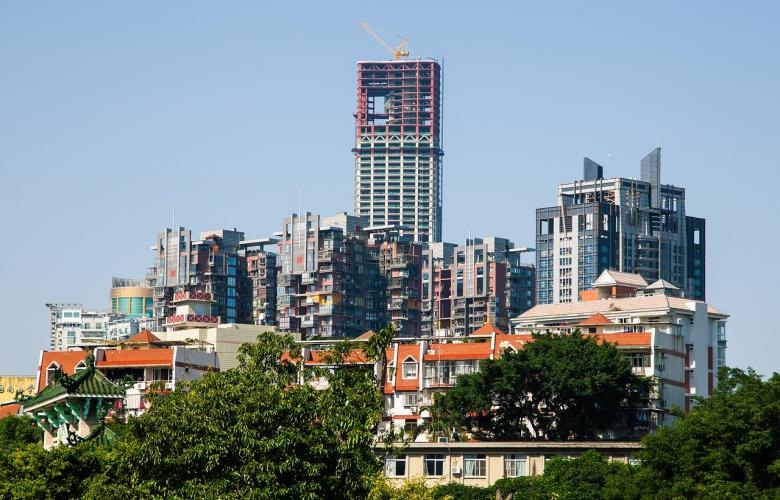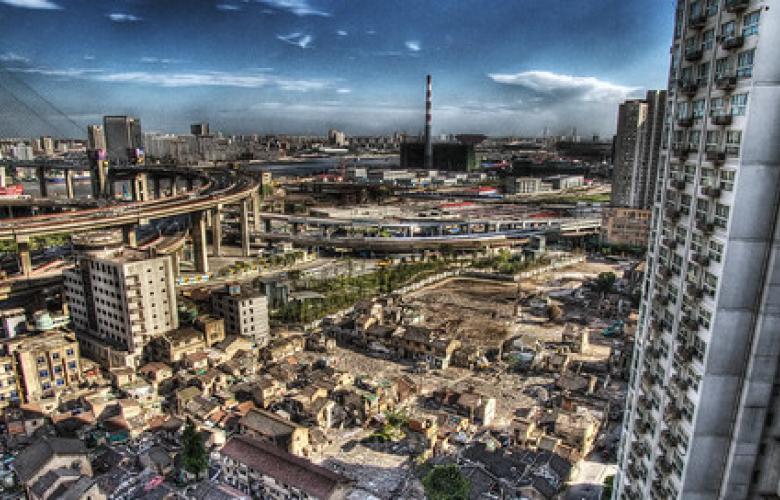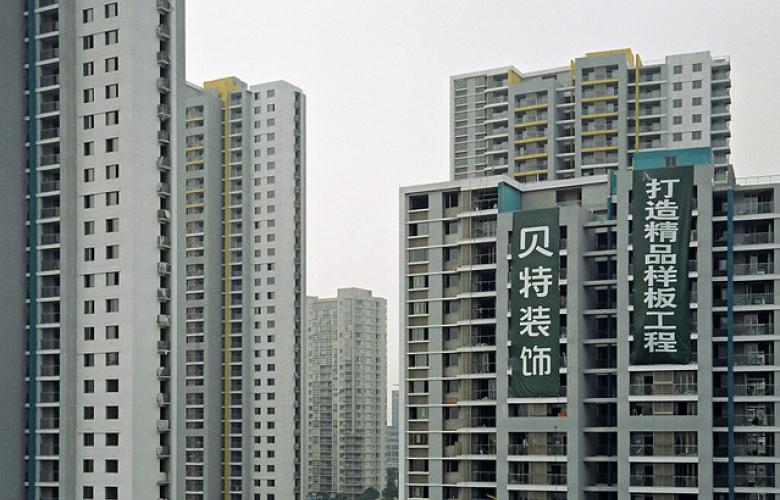China’s housing industry seems to have reached breaking point. Nikkei reported earlier this year that 65 million units are vacant across the nation. Sales volumes in 24 cities fell by 44% in the first week of 2019, compared with a year earlier. Only the four largest cities saw an increase. While the number in itself is concerning, more worrying is the fact that many of these units are brand new and have never seen a tenant. Whole residential communities on the outskirts of China’s tier two and three cities are turning into ghost towns before they ever come to life.
It is a peculiar case, as the vast number of empty apartments, on the one hand, suggests gross oversupply, but on the other hand young Chinese people – especially men, who are culturally pressured to buy a home to attract a spouse – can simply not afford apartments. Between 2015 and 2018, prices have surged by over 40% in some cities. This oxymoron of overpriced oversupply has seemingly been caused by a real estate industry of bad players that developed at break-neck speed and without much foresight. In fact, Moody's Investors Service has assigned junk status to 51 of the 61 Chinese property companies it assesses.
One might worry that Tokyo’s real estate market will fall victim to a similar fate. After all, redevelopments are mushrooming all over the city here as well, prices are on the rise, and at the same time, the Japanese population is falling. This can’t bode well in the long term, or can it? While Japan became social-media famous last year for an oversupply of empty housing, the situation actually looks very different here compared to Mainland China. Here's what we mean.
In Japan, empty housing is old, not brand new
While China is stuck with 65 million sparkling new units, Japan’s empty housing is of a different variety. Most of the so-called akiya, the Japanese term for abandoned homes, are more on the old and sometimes decrepit side. In general, it is mainly detached family homes that were built several decades ago. These wooden structures aren’t built to last beyond a few decades, and once left to their own devices quickly fall into disrepair. Often, the owners are too old to take care of their once-homes, have been moved to nursing homes, or have passed away. Their children, who might have inherited the home, have no desire to continue living in these often-rural locations. As no one else does either, the plot of land is not easy to sell and property tax, due annually in Japan, is cheaper for land that has a building on it than a vacant plot. Therefore, many houses are left to their own devices instead of being torn down.
Japan’s vacant homes are mainly in the countryside
China’s statistics are alarming as they reflect an oversupply of housing in urban centres, including cities ranging from tier three (21.8% of apartments empty) up to even the tier one metropoles of Beijing and Shanghai (16.8% vacant).
However, demand for housing, especially new apartments, remains strong in Tokyo and is on the rise in Japan’s secondary cities like Osaka, Fukuoka and Sapporo. While it is true that Japan’s population is declining, the country is defying the effects of the shifted demographic pyramid by an unbroken move from the country to the city. Further, in need of young blood for its growing economy, the influx of foreign workers is increasing. While Japan was long wary of immigration, the Abe administration finally revised immigration laws in 2018. The new law took effect in April, 2019 and holds appeal especially for immigrants from Southeast Asian nations who can now work in Japan under a new visa category. Already, one in 10 Tokyoites in their 20s is, in fact, foreign-born.
Japan made the same mistake in the past
Japan is famously no stranger to overvalued real estate. Its bubble years in the late 80s and early 90s had the world watching to see if it would overtake the USA as the biggest economy in the world. At the time, the land surrounding the Imperial Palace in central Tokyo alone was valued higher than all real estate in California combined; it was a bubble that had to burst. Much the same as young Chinese people now, Japanese people were purchasing overpriced units as family homes – some of them are still repaying the mortgage for a property that will probably stay a negative asset for the rest of their lives.
While Tokyo real estate has made an incredible recovery over the course of this decade, fueled by both Abenomics and, to an extent, the upcoming 2020 Tokyo Olympics, prices are nowhere near as utopian as they were in the early ‘90s. And with interest rates at a record low, a thriving economy, and government-backed mortgage programs like the Flat35 housing loan attempting to make housing affordable, more young people can afford to buy their own homes in Tokyo and other Japanese cities, unlike their Chinese counterparts.
By Mareike Dornhege
Similar to this:
Akiya banks: Real estate listings promoting sales of abandoned Japanese homes
"Free houses" in Japan: Where they are and how to get one
New apartment supply across greater Tokyo continues to drop in 2019







